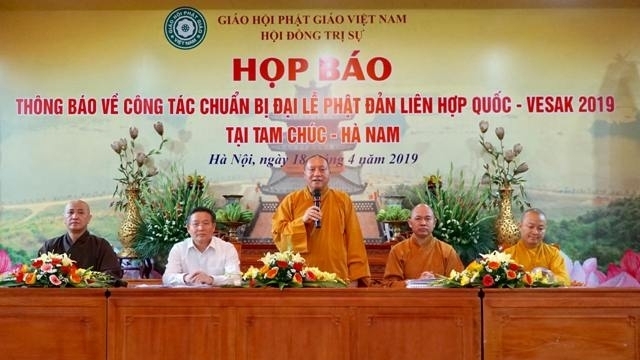


|
|
|
|
The information was announced at a news conference held by
Vietnam Buddhist Sangha (VBS) on April 18 in Hanoi.
Vietnam’s Party, State and VBS leaders and around 15,000-20,000
local and overseas Buddhist followers will attend the event.
Vesak 2019 celebration will have five forums discussing the
responsible leadership for sustainable societies, Buddhism’s approach to
harmonious family, education, and responsible consumption, and Buddhism and
the Fourth Industrial Revolution.
Some 398 presentations in English from foreign scholars and 110
others by Vietnamese scholars have been sent to the event.
Spiritual and cultural events will be held on the sidelines of
the event, like the Bathing of the Buddha ritual, requiems, a lantern night,
photo exhibitions on Buddhist temples, an exhibition on Buddhist antiques,
and an art exchange.
Vesak 2019 is an important diplomatic event affirming of the
role of Vietnam’s Buddhism in international integration.
|
Source: NDO